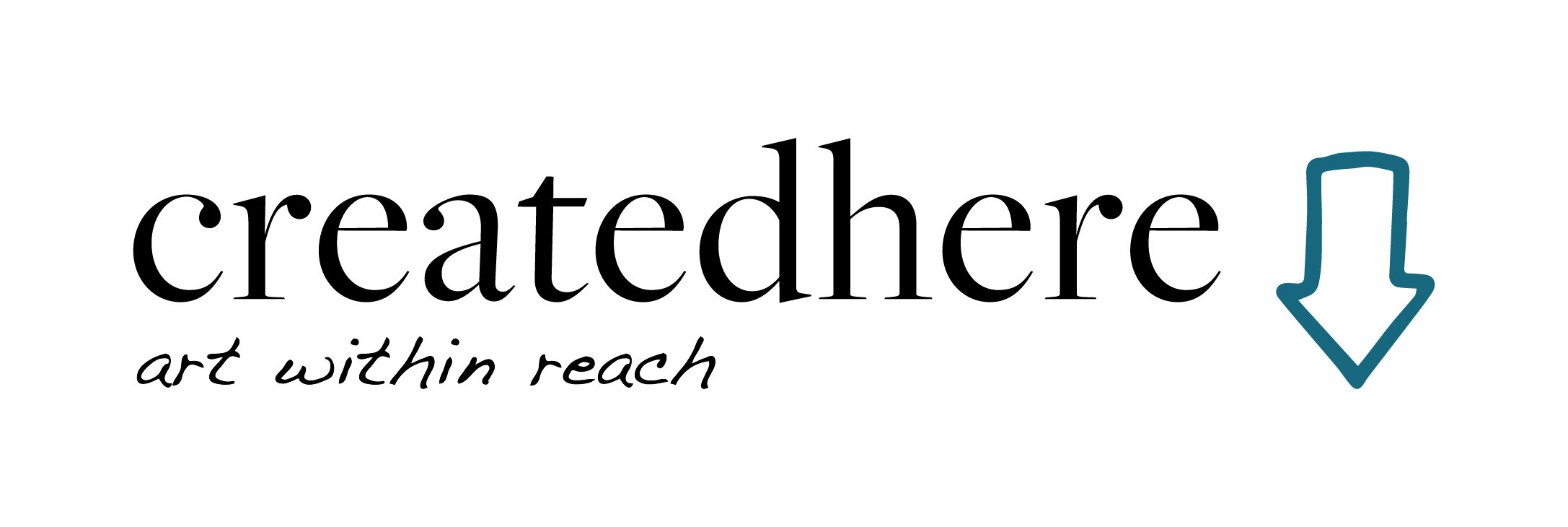How to Beat Artist Block | 3 Remedies to Get You Back Into the Flow
Now what?
Perhaps you know the feeling. You’re excited to make something, you’ve blocked out time to yourself, brewed some tea, set up your gear, then you take a deep breath and…
Nothing.
Hello, artist’s block. Suddenly that thing you love to do feels like running into a stone wall, sinking in gooey mud, or trying to navigate through a dense cloud of fog. A recent poll of our Instagram followers revealed that 95% of you have dealt with creative block, with 85% of you struggling in the past year. In addition, about ½ of you said that episodes of creative slowdown have been worst since the start of this whole pandemic situation. So take heart, dear artist, you are not alone.
When asked for coping strategies, our readers were generous with suggestions and there were definitely some patterns in their responses:
Step away.
Learn something new.
Practice self care.
Stop trying so hard.
Some specific ideas? Hit up the library or buy a new book. Watch some TV and enjoy a glass of wine, or go for a long walk. Listen to music, take in a play, or maybe connect with other creative types. You could look through old sketchbooks or photo albums, practice some meditation, and if all else fails, you can always clean your house.
If you are in a serious rut and looking for more ideas, we’ve done some digging and come up with three remedies you can try that might help you get back on that creative flow train.
Remedy #1: Go on Artist Dates
If you are familiar with Julia Cameron, and have browsed through her Artist Way books, you have probably heard of this idea before. If you are not in the loop yet, an artist date is a solo exhibition undertaken to encourage play and to refill your own personal well of creativity. The activities do not have to be artsy themselves, but they certainly can be, and you get bonus points for pushing yourself out of your comfort zone. This could look like a hike in the woods, a solitary meal at a new restaurant, or a weekend road trip to take photos of the next town over. You could wander through a toy store, maybe pick up a silly craft kit and put it together in your own unique way. The important thing is that an artist date is time dedicated solely to you and your art practice, so bring a journal but let your loved ones sit this one out. Keep your expectations low and see what happens. If you do this often enough, your playful brain will be well primed for the next creative challenge that comes your way.
Remedy # 2: Keep a Dream Journal.
There are all kinds of studies suggesting that keeping track of your dreams increases creativity and this practice has worked wonders for creative masters throughout history. Salvador Dali, for example, came up with his own method of harnessing the power of sleep. He would doze off with a key in one hand, held above a metal plate that sat on the floor. The moment he passed into a deep sleep, the key would fall from his grip and hit the plate, instantly waking him up. This technique allowed him to remember his dreams and to harvest the genius of his unconscious mind.
The science behind it? There are stages in sleep, particularly REM sleep, that make the mind hyper-associative. This means that the brain is able to make all kinds of connections between seemingly unrelated concepts that are not possible when you are awake.
If you don’t want to jolt yourself awake like Dali, you can just keep a notebook (or a sketchbook!) by your bed. While this habit may be tough at first, it will become much easier the more you practice, and it opens you up to a whole new world of inspiration. So post a sticky note to your ceiling to remind yourself to jot down your dreams, and go take a good long nap.
Remedy #3: Practice Constructive Daydreaming.
Ignore what your tenth grade math teacher might have harped on about, daydreaming is good for you. Constructive daydreaming? Even better. In a study done on guided mental imagery, researchers found that fiction authors who practiced generating mental imagery over the period of a week experienced a reduction in their writer’s block.[1] Why not borrow this technique from our literary friends and give it a try.
The key to constructive daydreaming is that you can’t totally space out. It is important to consciously choose where the mind wanders and to reject daydreams that are not helpful. If your mother in law’s nagging voice or a junior high school revenge fantasy sneaks in, put a pin in those. You can ponder them at a later time. You also need to practice engaging with what you see in your mind’s eye and make an effort to push your imagination even further.
Here is an exercise you can try:
Sit in a dimly lit room and take a few deep breaths. Put on some calming music or your essential oils diffuser if that strikes your fancy. Then, imagine yourself walking into a beautiful garden. Really take in what you “see” here. What species are the flowers? Are they in full bloom? Can you smell them? What is the shape of their petals? Then consider the ground you are standing on. Is it a dirt path? Cobblestone? Are you barefoot? What does it feel like beneath your feet? You don’t have to hold on to the first thing your brain conjures up. Let the garden shift a little as you explore it in more depth.
If you are ready, and with curiosity and not pressure, imagine your current project in that space. It might be a canvas propped up next to a crab-apple tree, a sculpture sitting next to a bubbling fountain, or a projector flashing images of your work onto a smooth stucco wall. Allow your project to shift and move in your mind’s eye, imagining different possibilities. Use all your senses again to focus on all the aspects of your piece. Observe the colours, the lines, the texture, where the light hits, and don’t attach yourself to any one version. You might be surprised at what comes into focus.
Conscious daydreaming has also shown creative benefits for those who go into it without any goal in mind, so even if you are not sure what you are trying to figure out, it’s worthwhile to spend a little time everyday letting your imagination play.
The most important thing to remember when experiencing artist’s block is to give yourself grace. 79% of the creators in our poll agreed that creative block is a warning sign from your brain expressing that you need to take a break. Instead of looking at it as coming down with a disease, or worse, having some kind of character flaw, compare the block to how your body uses pain to warn you that something needs care. Our readers agree, a little bit of artist’s block can be good for you. Not only can it keep you from wearing yourself out, it can push you to take your work in new, compelling directions.
Deep breaths, dear artist. We believe in you. ♥
[1] Kaufman, Scott Barry, and James C Kaufman. The Psychology of Creative Writing. Cambridge University Press, 2009. (225)
A HUGE Thank You to our lovely Instagram followers for your kind responses on this topic!
Craving more Creativity?
Check out a copy of our quarterly print publication to take in more articles from local New Brunswick creators. Issue 17, CREATIVITY is now available.







